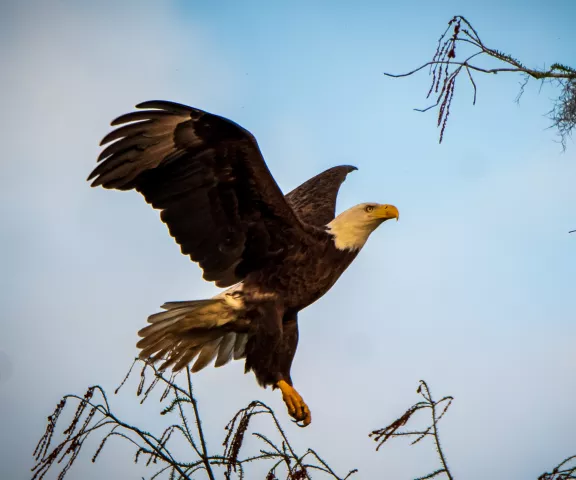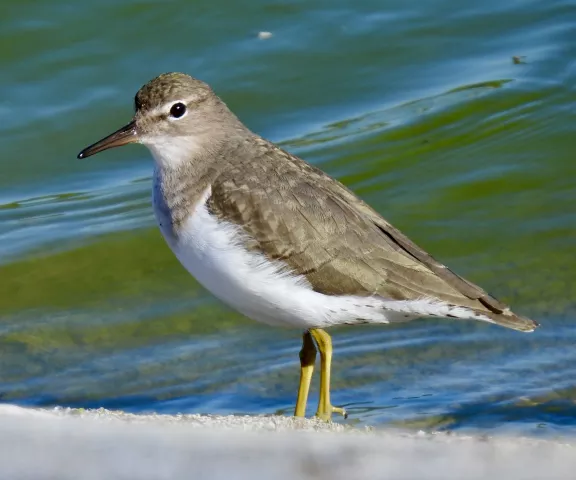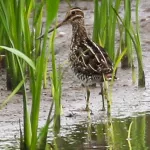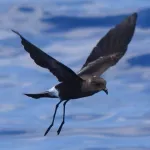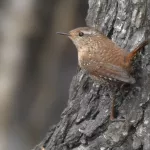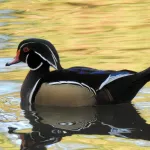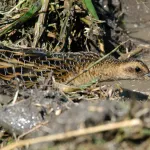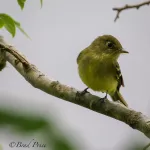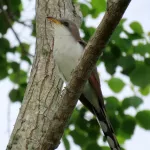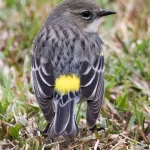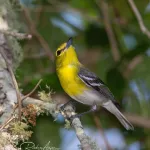Atchafalaya Basin West Containment Levee at Charenton
Called “Charenton Beach” by locals, this privately-owned site is located just inside of the Atchafalaya Basin’s west containment levee. The main attraction is the wide open view of a large shallow bay connected to the Atchafalaya Basin, the largest river swamp in North America.
Southern Louisiana’s famed “birding biomass effect” is in play here. This is when massive quantities of certain groups of birds are attracted to certain sites at particular times of the year. The area serves as a Grand Central Station of sorts for birds commuting between roosting and foraging sites within the Basin. At different times of the year, early morning or late evening commuters may include thousands of White Ibis, Double-crested Cormorants, American White Pelicans, along with numerous other gregarious waterbird species.
Ornithologically, the site is a mixed bag. Birding visitors never know what they’ll witness next. For example, during the annual spring mayfly hatch, when flood waters partially cover the edge of the parking lot, hundreds of White Ibis can be seen along the water’s edge gorging on mayflies.
While dawn and dusk are prime times to observe large groups of commuting birds, daytime hours are birdable, too. Osprey and Bald Eagle hunt throughout the day between September and May. Swallow-tailed Kites forage around here from March to July. During the summer, sizable groups of Wood Storks wait until late morning for thermals to rise strongly enough to lift them up to cruising altitude.
Just north of the boat launch, the water becomes shallow as it runs into the swamp, providing attractive foraging for Spotted Sandpiper, Black-necked Stilt, Least and Western Sandpipers, Greater Yellowlegs, and other shorebirds.
The black willow-dominated woodland located just outside of the levee is often teeming with songbirds such as Blue-gray Gnatcatcher, White-eyed Vireo, Eastern Towhee, Swamp, Song, and White-throated Sparrows. Peruse the live oak canopies as well, as they usually hold vireos, warblers and other birds of interest.
Outdoor recreational opportunities include birding, fishing, paddling, and nature photography. Amenities include parking, identification signage, and a boat launch.
